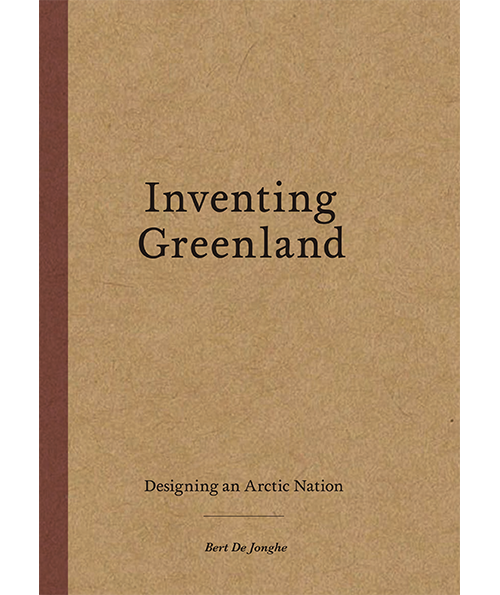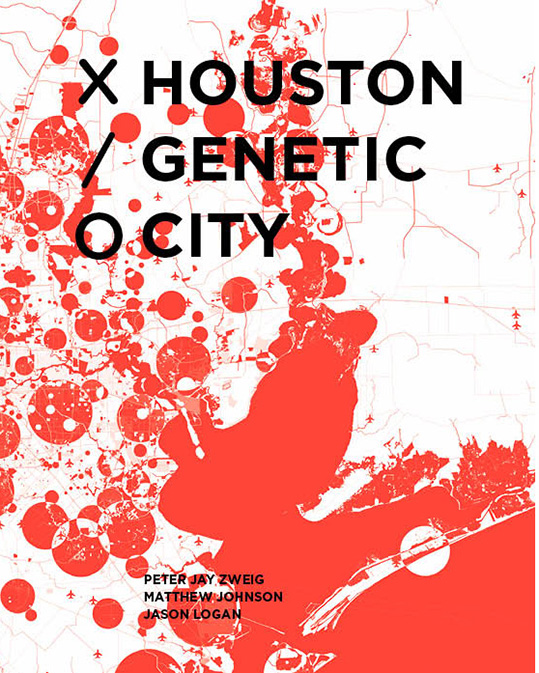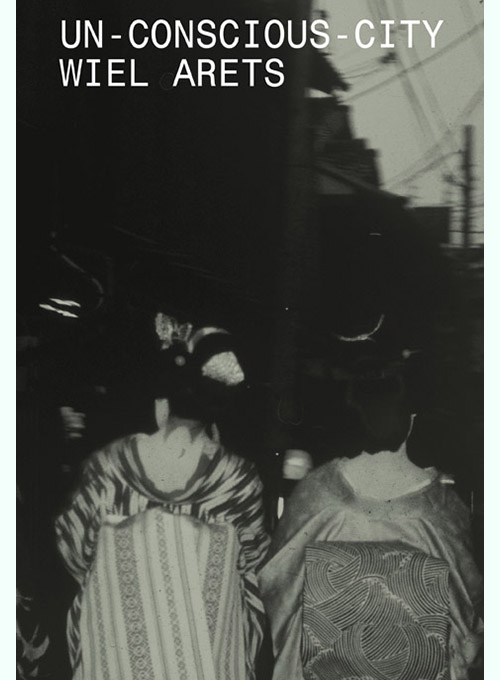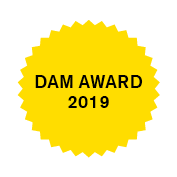
Inventing Greenland
Designing an Arctic Nation
Bert De Jonghe
Through the lens of urbanization, Inventing Greenland provides a broad understanding of a unique island undergoing intense transformation while drawing attention to its historical and current challenges and emerging opportunities. Geared towards architects, landscape architects, and urban planners, this book examines the local cultural, social, and environmental realities with a distinct spatial sensitivity, recognizing the diverse array of relationships that the built environment both supports and produces. By exploring Greenland as a complex and interconnected cultural and geographical space, Inventing Greenland reveals and anticipates transitional moments in the region’s highly intertwined urbanized, militarized, and touristic landscapes.
With Contributions of
Bert De Jonghe (author)
Charles Waldheim (foreword)
Mia M. Bennett (co-author chapter 1) + (copy editor)
EBOOK VERSION
29,00€
Buy Ebook 
Houston Genetic City
Peter Zweig, Matthew Johnson, Jason Logan
No city in the United States is synonymous with unbridled growth and land speculation as the sprawling Texas city of Houston. Though Houston is described as a city, its massive size makes it regional or even megaregional in scale—including a patchwork of satellite downtowns and suburbs, a vast floodplain of bayous and coastal prairie, as well as a long stretch of Gulf Coast. This fragile landscape is increasingly beset by global problems, from flooding to rampant growth to congestion. Its lack of zoning means ad hoc developments scatter across the landscape with little formal planning, where urban developments are always provisional and negotiable.
Houston Genetic City is a collaborative and speculative book about Houston’s future, and by extension the future of urbanism in unplanned cities globally. Using maps, photographs, timelines, and collages, the book lays out the conditions for new urbanization in this fragile landscape. We
49,00€
Buy Ebook 

Un-Conscious-City
Wiel Arets
No one demands that people move to cities; people tend to do so, on their own. People choose to move to cities for opportunity. Such choices are often made unconsciously, as they are based on rules, traditions, and local communities–or a combination of all three. Un-Conscious-City explores and unravels Dutch architect Wiel Arets’ kaleidoscopic viewpoints on the ways the collective, unconscious decisions taken by the world’s citizens throughout time–a process that remains invisible to the naked eye–are now working to transform and shift the physical, sensory, and emotional experiences of human beings, as they navigate and live in today’s metropolises as well as the countryside.
People tend to only belong to one religion, one society, or one club–which completely defines their existence. One day most human beings will live in a globalnomadic-urban-condition; this will soon be amplified to unknown heights. Un-Conscious-City raises questions, predicaments, and ideals regarding the future of our cities, while recognizing their limitations. Wiel Arets–renowned architect, writer, and thinker–identifies this condition
32,00€
Buy Ebook 


